Rosina Carandini (1844–1932) was one of the five daughters of Jerome Carandini, Marquis of Sarzano (1803–1870), an Italian political exile, and his wife Marie (née Burgess, 1826–1894), better known as the esteemed singer ‘Madame Carandini’. Born in Hobart, Rosina and her sister Fannie (1850–1904) began their singing training early, their father’s straitened circumstances and their mother’s dominance and ambition determining that they would have careers on the musical stage. The sisters performed alongside their mother in the 1860s as the ‘Carandini Family Troupe’, touring widely and earning the warm approbation of audiences. One report of a performance in Bendigo in 1869 noted the ‘power, sweetness, and purity’ of Fannie’s voice and stated that the sisters ‘were very successful in a number of duets’. Their rendition of ‘Beware! Beware! I trust her not’, according to the report, ‘proved very laughter provoking, and had to be repeated in answer to an enthusiastic encore’. Rosina also performed as a principal soloist on several occasions, winning much respect and admiration. When Prince Alfred visited Melbourne in 1868 he was so impressed with Rosina that he promised to make it possible for her to study in Europe. The opportunity, however, was one of many that she declined so as not to transgress notions of acceptable behaviour for married women. She later worked as a music teacher and on her death in 1932 was remembered as the leading Australian soprano of her era.
Photographer Charles Hewitt was working in Melbourne by 1860 and was one of the founding members of the Photographic Society of Victoria. Initially he was in business with Charles Nettleton, but by 1866, when examples of his work were included in the Melbourne Intercolonial Exhibition, he was working independently. He occupied a studio at 95 Swanston Street from 1867, in which year the ‘Misses Carandini’ performed in Melbourne several times, including in the ‘Charitable Music Festival’ at the Exhibition Building in April. Hewitt’s portraits of the sisters would in all likelihood have been created to coincide with one such performance. Rosina is depicted in a day dress with deepened waistline, full-length sleeves and high neckline, while Fannie wears an off-the-shoulder, bell-shaped dress, more suited to evening attire. Their full skirts are worn over a cage crinoline with a boned corset tightened over a chemise in typical mid-nineteenth century fashion. They wear their hair with a central part and swept back from the face to form a chignon. Both are adorned with braided hair chains, worn with sisterly sentiment, complimenting the lace trimmings on their frocks, decorative belts and ornamented surrounds.
Purchased with funds provided by Graham Smith 2009
Graham Smith (18 portraits supported)



On one level The Companion talks about the most famous and frontline Australians, but on another it tells us about ourselves.
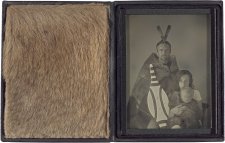
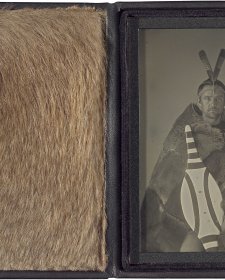
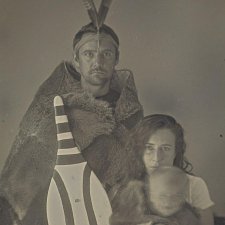
This sample of 56 photographs takes in some of the smallest photographs we own and some of the largest, some of the earliest and some of the most recent, as well as multiple photographic processes from daguerreotypes to digital media.

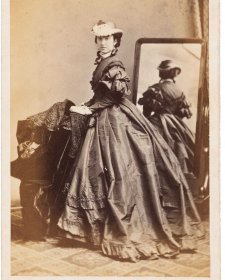
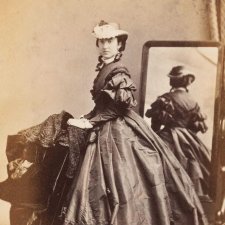
Drawn from the NPG’s burgeoning collection of cartes de visite, Carte-o-mania! celebrates the wit, style and substance of the pocket-sized portraits that were taken and collected like crazy in post-goldrush Australia.